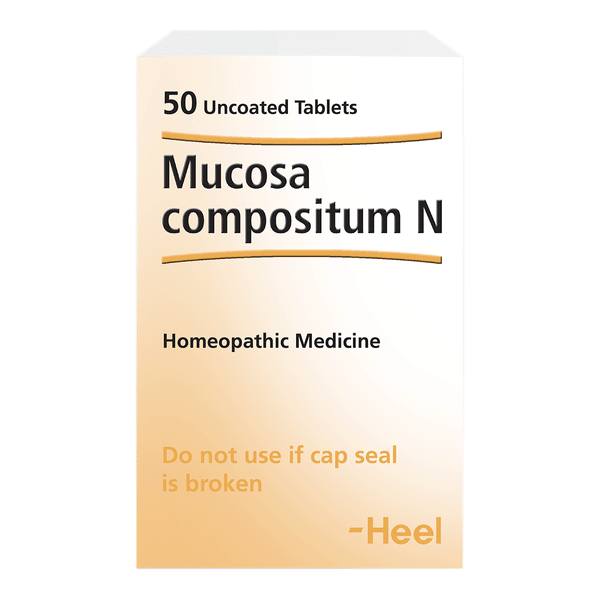
Wood sorrel
Scientific names: Oxalis acetosella, Oxalis montana
Family: Oxalidaceae
Alternative names: Acederilla, Aleluya, Alléluia, Common Sorrel, Cuckoo Bread, Cuckowes Meat, Fairy Bells, Green Sauce, Hallelujah, Herbe aux Coucous, Mountain Sorrel, Oseille des Bois, Oxalide des Bois, Oxalide Petite Oseille, Oxalis, Oxalis des Bois, Oxalis Petite Oseille, Pain-de-Coucou, Petite Oseille, Shamrock, Sour Trefoil, Stickwort, Stubwort, Surelle, Three-Leaved Grass, White Sorrel, Wood Sour
Background
Wood sorrel (Oxalis acetosella) is a flowering plant. The whole plant is traditionally used to make medicine.
The wood sorrel plant contains oxalic acid, which can have toxic effects when taken in high amounts.
People sometimes use wood sorrel for gum disease, scurvy, wound healing, and many other conditions, but there is no good scientific evidence to support these uses.
Don't confuse wood sorrel with sorrel or yellow dock. These are not the same.
The wood sorrel plant contains oxalic acid, which can have toxic effects when taken in high amounts.
People sometimes use wood sorrel for gum disease, scurvy, wound healing, and many other conditions, but there is no good scientific evidence to support these uses.
Don't confuse wood sorrel with sorrel or yellow dock. These are not the same.
Safety Safety definitions
When taken by mouth: Wood sorrel is possibly unsafe, especially when used in higher doses. It contains crystals made of oxalic acid which can damage the organs. Side effects might include diarrhea, nausea, increased urination, and skin reactions.
Breast-feeding: Wood sorrel is possibly unsafe when taken by mouth while breast-feeding. Avoid use.
Children: Wood sorrel is possibly unsafe when taken by mouth in children. It contains crystals made of oxalic acid which can damage the organs.
Blood-clotting problems: The oxalic acid in wood sorrel can make the blood clot too fast.
Stomach or intestinal disorders: Wood sorrel can irritate the lining of the stomach and intestines and might make ulcers worse.
Kidney disease: The oxalic acid crystals in wood sorrel can damage the kidney and make kidney disease or kidney stones worse.
Special Precautions & Warnings:
Pregnancy: Wood sorrel is likely unsafe when taken by mouth during pregnancy. It might stimulate menstrual bleeding. Avoid use.Breast-feeding: Wood sorrel is possibly unsafe when taken by mouth while breast-feeding. Avoid use.
Children: Wood sorrel is possibly unsafe when taken by mouth in children. It contains crystals made of oxalic acid which can damage the organs.
Blood-clotting problems: The oxalic acid in wood sorrel can make the blood clot too fast.
Stomach or intestinal disorders: Wood sorrel can irritate the lining of the stomach and intestines and might make ulcers worse.
Kidney disease: The oxalic acid crystals in wood sorrel can damage the kidney and make kidney disease or kidney stones worse.
Effectiveness
Effective Effectiveness definitions
There is interest in using wood sorrel for a number of purposes, but there isn't enough reliable information to say whether it might be helpful.
Dosing & administration
There isn't enough reliable information to know what an appropriate dose of wood sorrel might be. Keep in mind that natural products are not always necessarily safe and dosages can be important. Be sure to follow relevant directions on product labels and consult a healthcare professional before using.
Interactions with pharmaceuticals
It is not known if Wood Sorrel interacts with any medicines. Before taking Wood Sorrel, talk with your healthcare professional if you take any medications.
Interactions with herbs & supplements
Calcium: Wood sorrel contains a chemical that can bind with calcium in the intestine, reducing the amount of calcium that the body can absorb. Taking wood sorrel along with calcium supplements can decrease the amount of calcium that the body absorbs from supplements.
Iron: Wood sorrel contains a chemical that can bind with iron in the intestine, reducing the amount of iron that the body can absorb. Taking wood sorrel along with iron supplements can decrease the amount of iron that the body absorbs from supplements.
Zinc: Wood sorrel contains a chemical that can bind with zinc in the intestine, reducing the amount of zinc that the body can absorb. Taking wood sorrel along with zinc supplements can decrease the amount of zinc that the body absorbs from supplements.
Iron: Wood sorrel contains a chemical that can bind with iron in the intestine, reducing the amount of iron that the body can absorb. Taking wood sorrel along with iron supplements can decrease the amount of iron that the body absorbs from supplements.
Zinc: Wood sorrel contains a chemical that can bind with zinc in the intestine, reducing the amount of zinc that the body can absorb. Taking wood sorrel along with zinc supplements can decrease the amount of zinc that the body absorbs from supplements.
Interactions with foods
Wood sorrel contains a chemical that can reduce the amount of nutrients the body can absorb from foods.
Products
View all productsPer tablet:
- Oxalis acetosella
- Argentum nitricum
- Atropa belladonna
- Hydrastis canadensis
- Mucosa coli suis
- Mucosa ductus choledochi suis
- Mucosa duodeni suis
- Mucosa ilei suis
- Mucosa jejuni suis
- Mucosa nasalis suis
- Mucosa oculi suis
- Mucosa oesphagi suis
- Mucosa oris suis
- Mucosa pulmonis suis
- Mucosa pylori suis
- Mucosa recti suis
- Mucosa vesicae felleae suis
- Mucosa vesicae urinariae suis
- Nux vomica
- Pancreas suis
- Pulsatilla
- Anacardium orientale
- Ceanothus americanus
- Condurango
- Ipecacuanha
- Kalium bichromicum
- Kreosotum
- Lachesis mutus
- Mandragora
- Momordica balsamina
- Phosphorus
- Ventriculus suis
- Sulphur
- Veratrum album
Practitioner product
vital.ly has licensed monographs from TRC Healthcare.
This monograph was last reviewed on 12/04/2024 10:00:00 and last updated on 23/01/2013 17:29:32. Monographs are reviewed and/or updated multiple times per month and at least once per year.
Natural Medicines disclaims any responsibility related to medical consequences of using any medical product. Effort is made to ensure that the information contained in this monograph is accurate at the time it was published. Consumers and medical professionals who consult this monograph are cautioned that any medical or product related decision is the sole responsibility of the consumer and/or the health care professional. A legal License Agreement sets limitations on downloading, storing, or printing content from this Database. No reproduction of this monograph or any content from this Database is permitted without written permission from the publisher. It is unlawful to download, store, or distribute content from this site.



